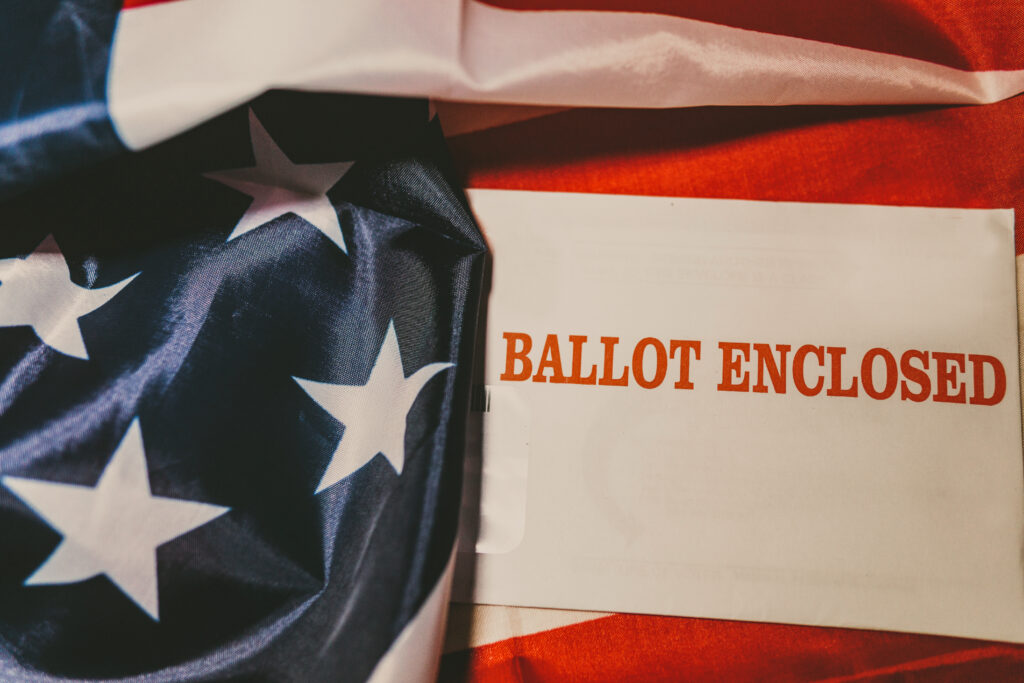Election years are marked by heightened political activity, public interest, and, for businesses, a notable rise in marketing costs. As political campaigns ramp up their efforts to sway voters, they heavily invest in advertising across various channels. This surge in demand for ad space often leads to increased competition and, consequently, higher prices for businesses looking to advertise during these periods. But why do marketing prices go up during an election year, and how can businesses navigate this challenging landscape?
The Impact of Political Advertising
One of the primary drivers behind the increase in marketing prices during an election year is the sheer volume of political advertising. Political candidates, parties, and advocacy groups spend vast amounts of money on advertising to reach voters through television, radio, digital platforms, and social media. According to the Center for Responsive Politics, spending on political ads can reach billions of dollars during major election cycles.
This influx of political ads creates a competitive environment where available ad space becomes scarce. Since advertising operates on a supply-and-demand basis, the increased demand for limited ad inventory naturally drives up prices. This is particularly true for premium ad slots, such as prime-time TV spots or highly targeted digital ads, which become even more coveted during election seasons.
The Media Buying Frenzy
During an election year, media buying becomes a fierce competition. Political campaigns have the advantage of raising significant funds and often prioritize spending those funds on advertising to maximize their reach. As a result, they are willing to pay a premium for ad space, often outbidding businesses that typically advertise during these periods.
This media buying frenzy affects not only the cost of ads but also the availability of ad space. Businesses that rely on consistent ad placements may find it challenging to secure their usual slots or may be forced to pay significantly higher rates to maintain their presence. This can disrupt marketing budgets and force companies to reconsider their strategies during election years.
Increased Attention on Digital Advertising
In recent years, digital advertising has become a crucial battleground for political campaigns. With the ability to target specific demographics and interests, digital platforms like Google, Facebook, and YouTube offer campaigns a way to reach voters with precision. As a result, these platforms see a surge in political ad spending during election years, which drives up the cost of digital ads across the board.
This increased spending on digital advertising not only affects the cost of ads but also the overall performance. With more ads vying for attention, businesses may see lower click-through rates and engagement, making it harder to achieve their marketing objectives.
The Ripple Effect on Other Industries
The rise in marketing prices during an election year doesn’t just affect the businesses directly competing for ad space with political campaigns. It also has a ripple effect on related industries. For example, media companies may increase their rates for ad production, and agencies may raise their fees for managing campaigns due to the heightened complexity and demand.
Small businesses, in particular, may feel the strain as they struggle to compete with larger budgets. They may need to scale back their advertising efforts or shift their focus to less crowded channels, such as niche markets or local advertising, to avoid being priced out of the competition.
Strategies for Navigating Election Year Advertising
While election years present challenges for marketers, they also offer opportunities for those who can adapt their strategies. Here are a few tips for navigating the increased marketing costs during an election year:
- Plan Ahead: Anticipate the rise in prices and secure ad placements early to lock in lower rates before the election season heats up.
- Diversify Channels: Explore alternative advertising channels where competition might be lower, such as podcasts, influencer marketing, or emerging social media platforms.
- Focus on Retargeting: Leverage retargeting campaigns to reach users who have already shown interest in your brand, ensuring your ad spend is directed toward high-intent audiences.
- Emphasize Organic Reach: Invest in content marketing, SEO, and social media engagement to build organic reach and reduce reliance on paid ads.
Marketing prices inevitably rise during an election year due to the surge in political advertising and the competitive nature of media buying. While this creates challenges for businesses, those that plan strategically and adapt their approaches can still effectively reach their audiences without breaking the bank. By understanding the dynamics at play and being proactive in their marketing efforts, businesses can navigate the election year landscape and emerge successful.






